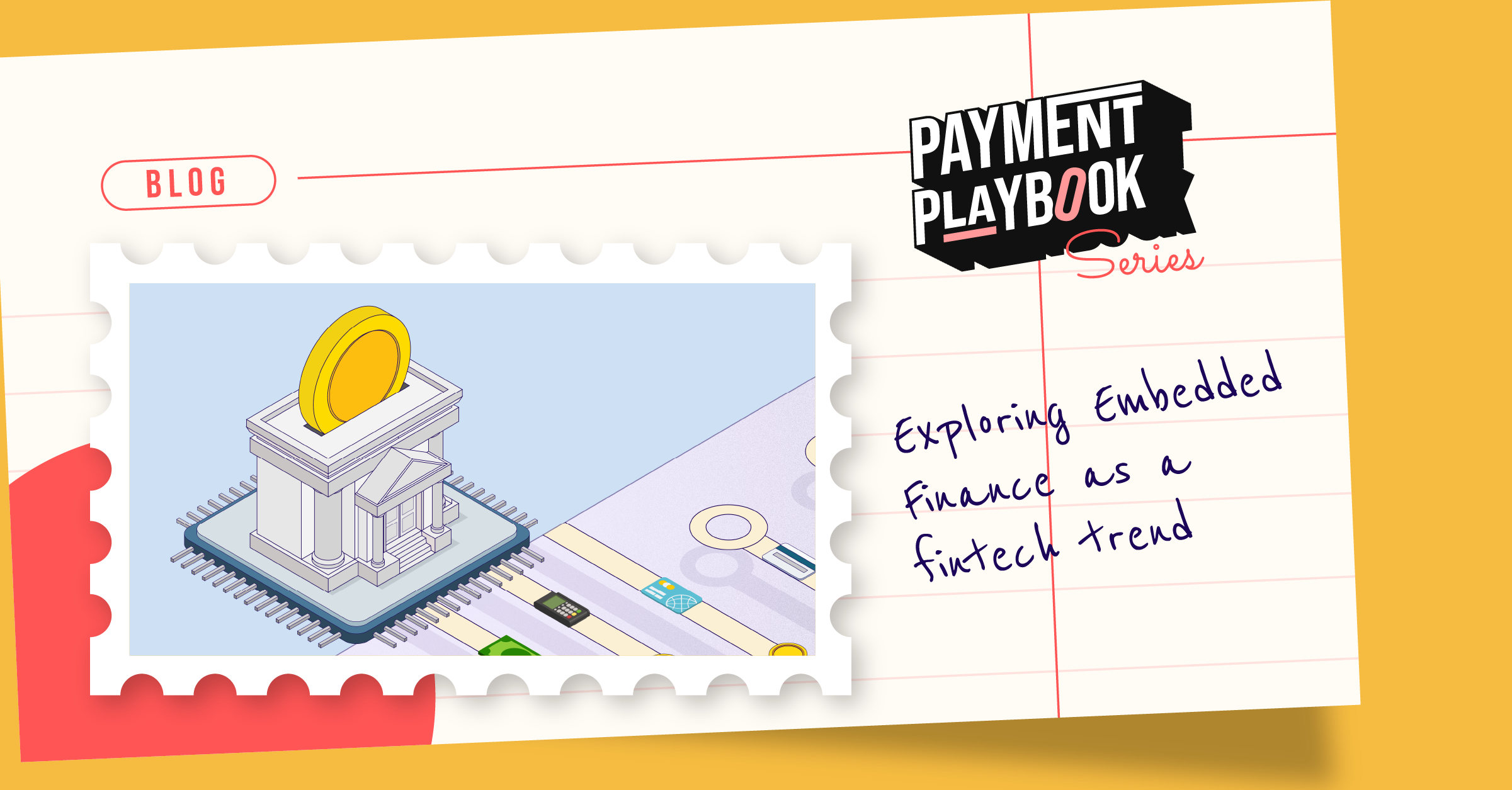Introduction
As it is in almost every sphere of human nature, commerce constantly demands more efficient media of exchange and movement of money.
This demand has consistently shifted behaviours and methods of payments and financial transactions since human existence, from the decades when humans were without a payment system, when trades were by barter or when people transferred value through gold and silver to when cash, cheques, and now digital rails have become the conduits for payments and financial transactions.
In 2025, the evolution of payments and financial technology is set to accelerate further, driven by technological advancements, changing consumer preferences, and the global push for financial inclusion.
In the first issues of the Payment Playbook this new year, we will examine one of these trends in depth.
On this issue, we examine embedded finance.
Continued rise of embedded finance
Although the wording may still be novel, embedded finance as a concept had existed since the Industrial Age (18th and 19th centuries) when retailers started offering installment plans.
For some clarity, let’s explain what embedded finance is.
Embedded finance refers to the integration of financial services—such as payments, lending, insurance, banking, or investments—directly into non-financial platforms, applications, or services. This approach enables businesses to offer financial products seamlessly within their existing product offerings, eliminating the need for customers to interact with traditional banks or structured financial institutions.
The concept evolved rapidly through the 20th century with credit cards as embedded finance, store cards and loyalty programs and point-of-sale financing; the early digital era of the 1990s and 2000s with e-commerce and digital payments, mobile banking, and wallets; the fintech revolution of the 2010s with API-driven financial services, Buy Now Pay Later (BNPL) and Banking-as-a-Service (BaaS); and then the embedded finance of the 2020s which we see everywhere from ride-hailing apps like Uber, delivery platforms and subscription services integrating payments within their applications. (Your Uber wallet is an embedded finance product).
There’s no slowing down yet with evolutions in embedded finance. A trusted study projected that embedded finance will reach a $7 trillion value globally by 2030 as firms, their customers and their financial partners race to keep up with the growing appetite for emerging digital tools.
There is a dime-a-dozen evidence of this growing trend everywhere you look; the Uber example earlier in this piece and the cases of integrated payment getaways within e-commerce platforms are both business-to-customer (B2C) applications. These applications have become popular in retail, healthcare, travel, and hospitality.
Oana Ifrim, the Lead Editor of The Paypers, a payment and fintech media platform called embedded finance, the winning strategy for the Software-as-a-Service (SaaS) platform, decoding that the current iteration of SaaS delivery using this strategy (SaaS 3.0, she called it) has transformed SaaS platforms from simple service providers into comprehensive business solutions.
Looking ahead, industry players believe other sectors like education, real estate, and supply chain will be the next to jump on the embedded finance trend.
Embedded finance benefits everyone across the value chain, from product providers to digital platforms to consumers. It can help product providers gain access to new markets, digital platforms enhance the customer experience and reduce churn, and users get better-priced and data-driven financial products.
The technology that drives embedded finance
Although different technologies have shaped embedded finance in all its forms over the decades, these technologies could not shield non-financial institutions from financial regulatory compliance and license requirements, leading to extensive regulatory scrutiny.
One of the defining characteristics of the African financial scene over the last decade or so has been the growth of financial technology startups.
While they are not traditional banks and structured financial institutions, their services and offerings are similar.
Today, fintechs support a wide range of financial products and services, sometimes directly to end customers or by offering technologies to other fintech, financial institutions, and digital product providers, including SaaS providers.
One of these technologies is APIs (Application Programming Interfaces), which have become the backbone of embedded finance.
APIs enable seamless connectivity between platforms, allowing financial services to be embedded directly into apps or websites with minimal friction.
With a simple integration, non-financial institutions can access and embed financial services without building these systems.
This simple integration means that these non-financial institutions do not need to hold their financial licenses to offer financial services within their ecosystem.
For example, Uber did not need a CBN license in Nigeria before integrating a wallet system for users to store funds. The CBN did not license Jumia before it could integrate BNPL offerings into its ecosystem.
Instead, in the regulatory framework, the API providers, like Fincra, hold the necessary licenses and have taken on the regulatory burden. This is an important factor to consider when selecting the right partners for your embedded finance journey.
Fincra is the perfect partner for embedded finance. With important licenses across different markets in Africa, we integrate directly with payment rails and partners, ensuring reliability and optimised cost for our merchants.
Fincra APIs
Fincra is here to help digital product providers who wish to embed any financial service into their ecosystem. From wallet services to payment collection, Fincra has a Direct Charge API that allows merchants to create customer checkout experiences on their platforms.
Fincra also has Direct APIs for Direct Debit, which can allow SaaS providers to charge users recurring payments.
API technology also extends to Banking-as-a-Service (BaaS), enabling platforms to offer financial services. A good example is HR platforms, which embed financial services for employees, freelancers, and remote workers to get paid.
As a BaaS provider, Fincra has multicurrency accounts that platforms can issue to their users within their ecosystems.
Broadly, the interplay of technologies continues to impact embedded finance, especially in 2025 with cloud computing, artificial intelligence (AI), and machine learning (ML) expected to advance functionalities like data privacy and security within apps, data analytics, and big data to help platforms make informed decisions about offering personalised financial products and managing risk.




